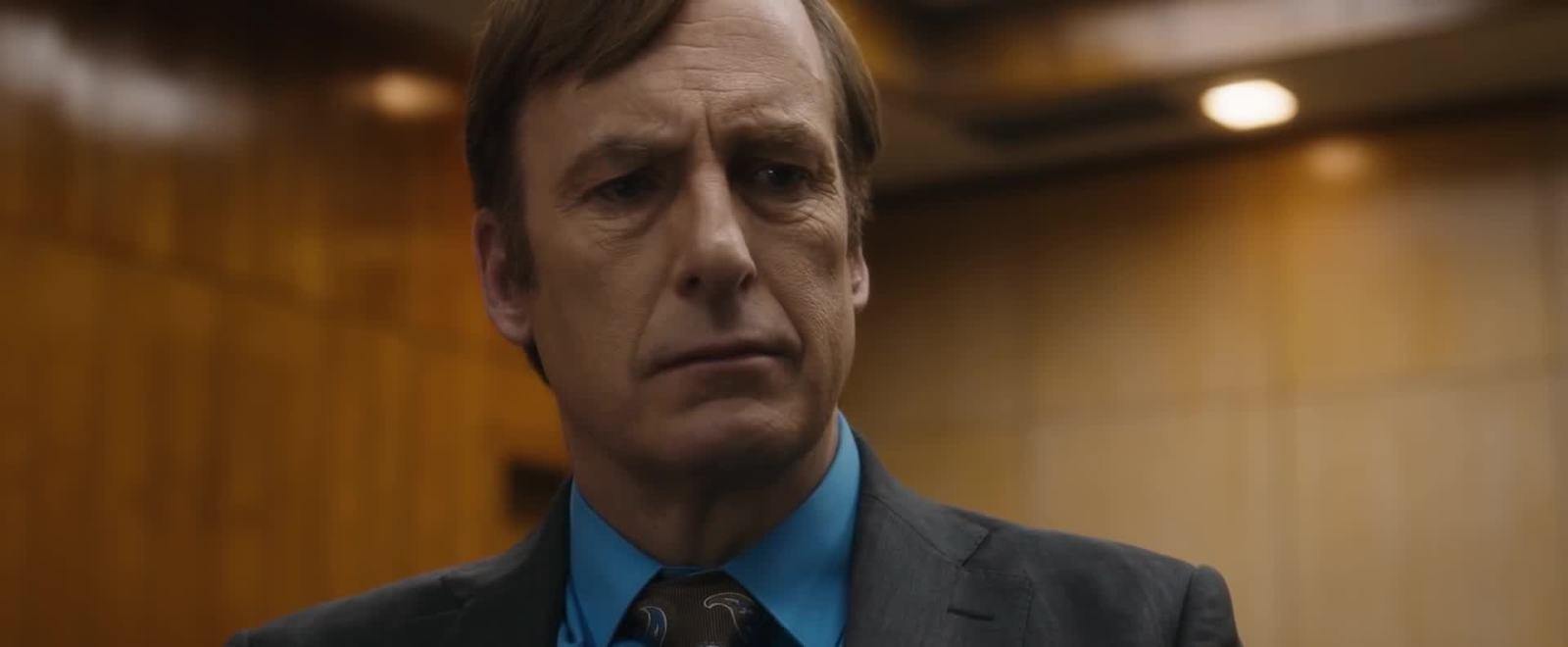The mid-season finale of Better Call Saul takes the main story of the season so far and, for lack of a less literal metaphor, walks into its apartment and shoots it in the head with a silencer. The first six episodes of the show’s final season have taken their time, as Better Call Saul always does, letting Jimmy McGill and Kim Wexler’s elaborate plan to humiliate Howard Hamlin unfold throughout multiple episodes. While everyone’s favorite toxic married couple with a prank kink does encounter some hiccups along the way, their plan unfolds almost entirely as planned all season long, from faking Hamlin’s cocaine addiction with a wig and self-tanner to the precise moments he appears at their apartment following their win over him. What happens next is the only thing they didn’t see coming, even though it’s the most obvious in retrospect.
When Howard confronts Jimmy and Kim, Lalo Salamanca walks in and shoots Howard in the head. The first half of the final season, which generally unfolded like a typical season of Better Call Saul with its character-driven pace and slightly upbeat tone finally proved how effective it is when its long-teased tension finally gets a release. The season is in stark contrast to every episode of the final season of Breaking Bad, whose episodes, in retrospect, were events with plot, tension, and twists, moving as quickly as the final two seasons Game of Thrones (with better writing, obviously).
Meanwhile, you could describe the first half of Better Call Saul’s final season so far in just a few bullet points (with dozens of annotations, of course). First, there’s Jimmy and Kim’s Howard takedown and his death, while Gustavo Fring and Mike Ermhantraout have been dealing with the fallout of the attempted assassination of Lalo Salamanca. On the cartel side of the story, Lalo’s solo mission to take down Gustavo Fring has been left rather ambiguous, with limited, but precious screen time. Before Howard’s death in the mid-season finale, the season’s most explosive episode was episode three, which sealed the fate of Nacho Varga.
From the very beginning, and times to a fault, Better Call Saul has operated at a glacial pace, like Mad Men in slow motion. Instead of speeding itself up before the endgame, Better Call Saul has remained loyal to its pace, ridiculously patient with itself. Even in its final episodes, Better Call Saul would rather simmer than boil.
Better Call Saul, like Mad Men, the AMC show it has more in common with than Breaking Bad, values character development over a rapid plot and shock value – which is not to say that Better Call Saul isn’t shocking because it is. The show is so patient that it’s almost cruel. This storytelling device made Howard Hamlin’s death gutting. Better Call Saul has patience with its characters, its audience, and, vitally, itself. While it’s clear that the series will pick up in the second half of the season, which returns in July, it will continue to simmer as it always has.







